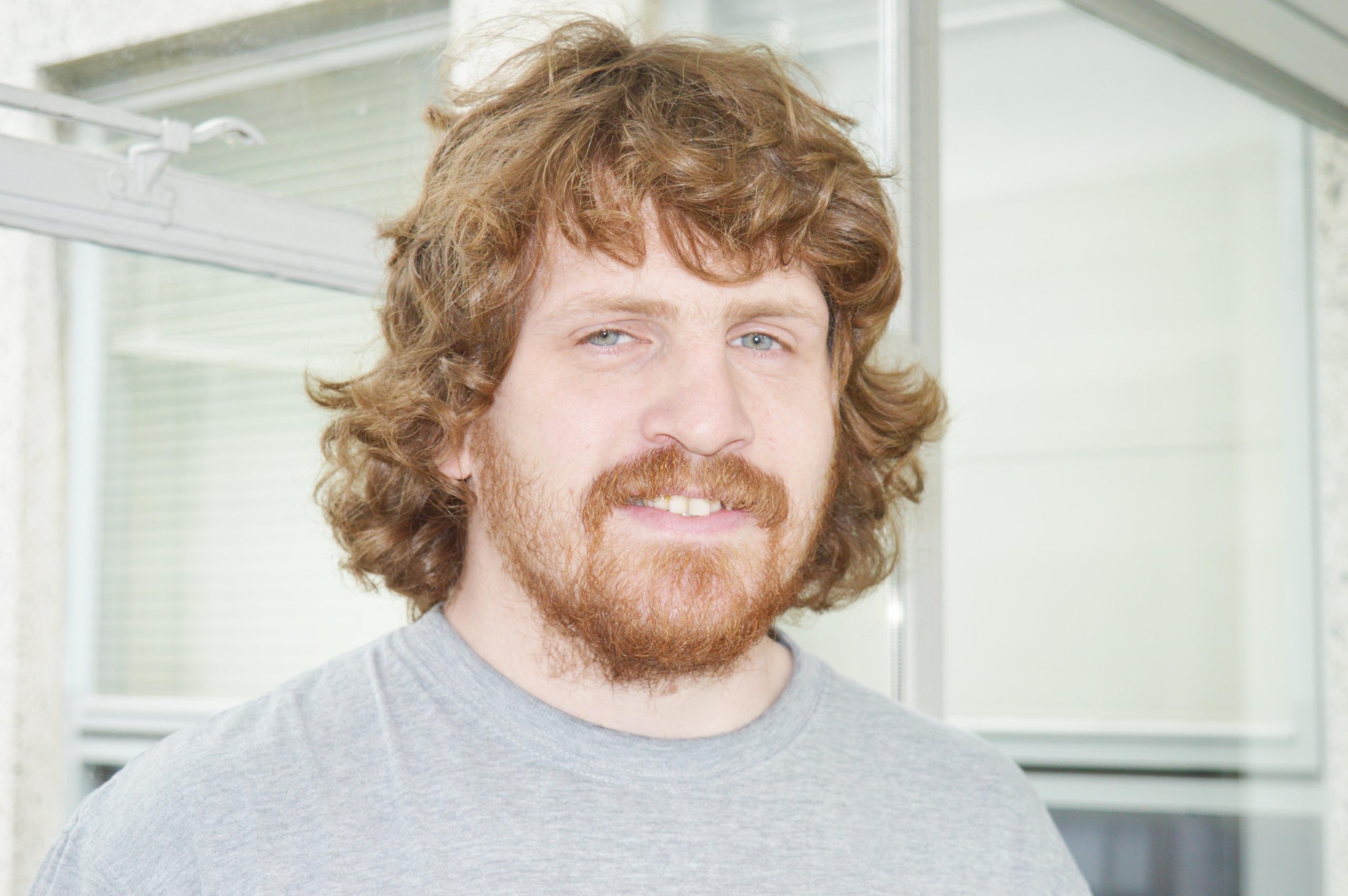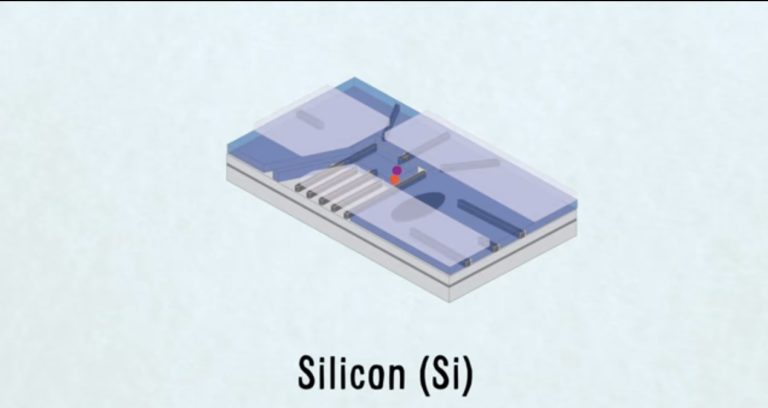QuTech researchers have demonstrated quantum algorithms on two qubits on a silicon chip for the first time. “It was quite a revelation,” said Professor Vandersypen.
Lieven Vandersypen. (Photo: QuTech)
For years, the story we’ve been hearing that we’ve come another step closer to the quantum computer, has come another step closer. This week’s publication in Nature by QuTech and the Kavli Institute of Nanoscience Delft researchers, Dr. Thomas Watson and Professor Lieven Vandersypen, could really make a difference. Not only did they store and read quantum information in two silicon-based qubits (quantum bits that may have values 0 and 1 at the same time), they also performed logical operations on them without disturbing the fragile quantum state.
‘ It was pretty cool to see the quantum logic at work’
One of the tests they describe is a search function known as Grover’s algorithm. Vandersypen explains over the telephone that the Grover function has value ‘1’ for one of the possible inputs 00, 01, 11, 10, and value ‘0’ for all others. Traditionally you’d have to try all four input combinations to find the key combination. “In quantum technology, you have to perform only one test to find the right combination. It was pretty cool to see the quantum logic at work. Quite a revelation, really.”
The other test is a logical puzzle to find out the character of a black box with one output. The box is either ‘constant’ (produces ‘0’ or ‘1’ on whatever input) or ‘balanced’ (produces ‘0’ for half of the input combinations and ‘1’ for the other half). Known as the Deutsch-Josza algorithm, the test was invented for demonstrating the superiority of quantum computation. Classically, you’d need three essays (in the case of two bits) to be sure of the black box’s character: either balanced or constant. With quantum computing, you only need one test, as the QuTech researchers demonstrated.
Vandersypen says the experiment was possible thanks to the innovations of the past few years in stabilising qubits, storing and retrieving quantum information and setting up quantum entanglement. He estimates that for Grover’s test, no less than eight operations had to be performed on the qubits without disturbing their quantum state. Such manipulations require extreme technical achievements and working temperatures close to the absolute zero (minus 273 Celsius)
The next steps, according to Vandersypen, are:
- scaling up to more qubits under control;
- replacing home-made qubits by ones made by Intel that should be of better and more constant quality.


His co-worker, Dr. Thomas Watson, on the telephone during a stopover, explains that Qutech is working with Intel to grow specially enriched silicon, from which isotopes that feature nuclear spin have been removed. The remainder provides an environment for improved qubit stability.


- T. F. Watson, L. M. K. Vandersypen et. al, A programmable two-qubit quantum processor in silicon, Nature, 14 February 2018.
Do you have a question or comment about this article?
j.w.wassink@tudelft.nl


Comments are closed.